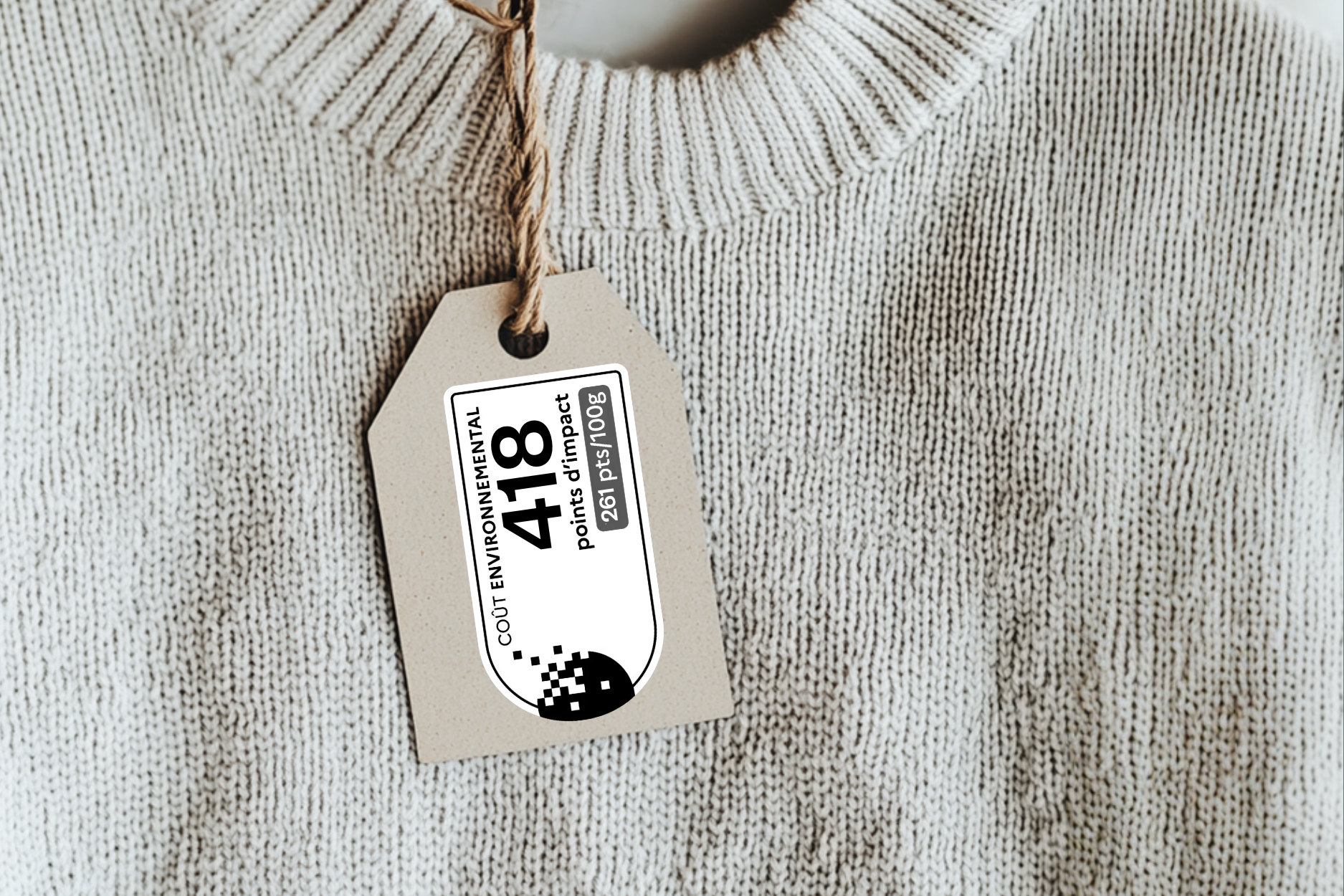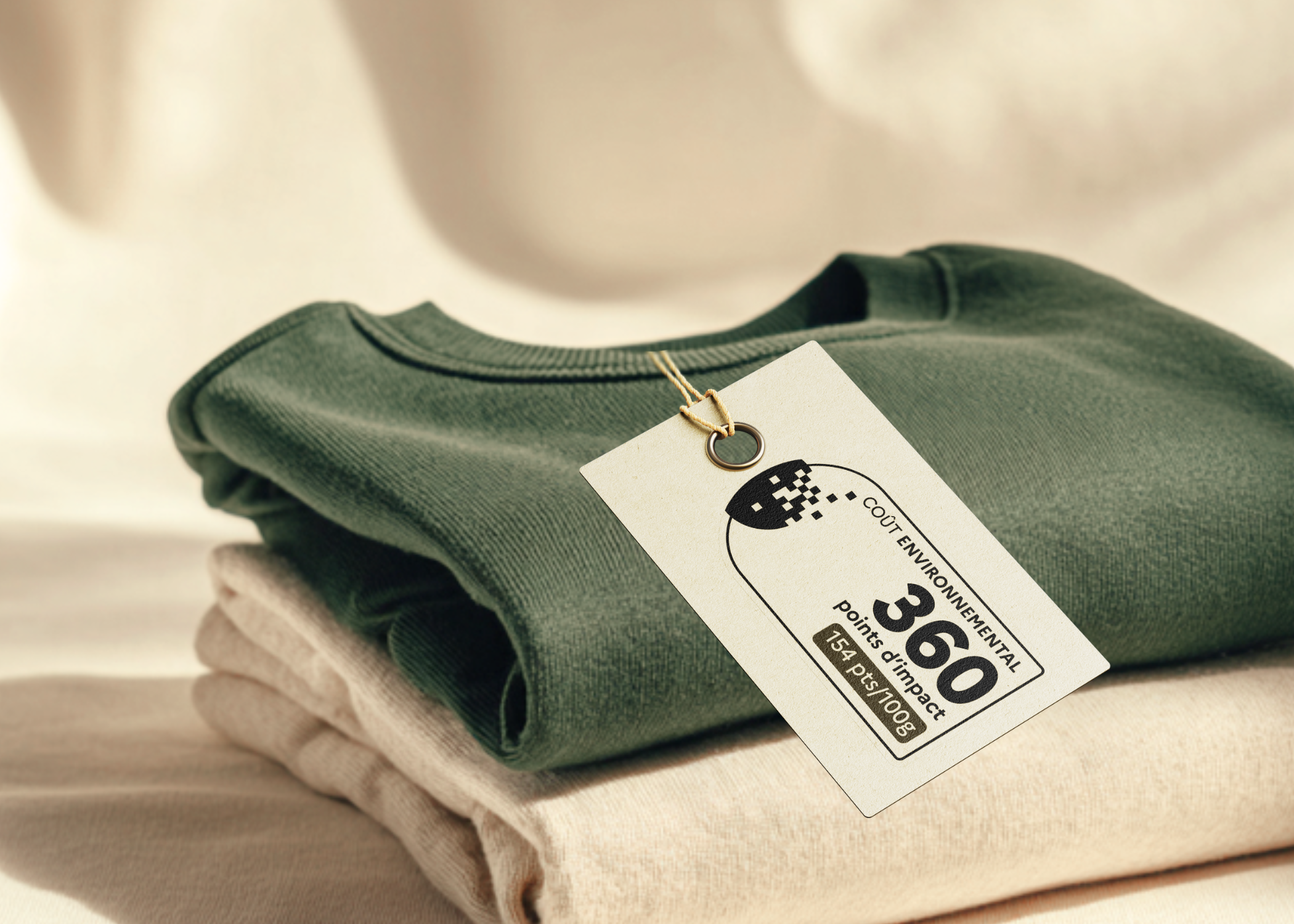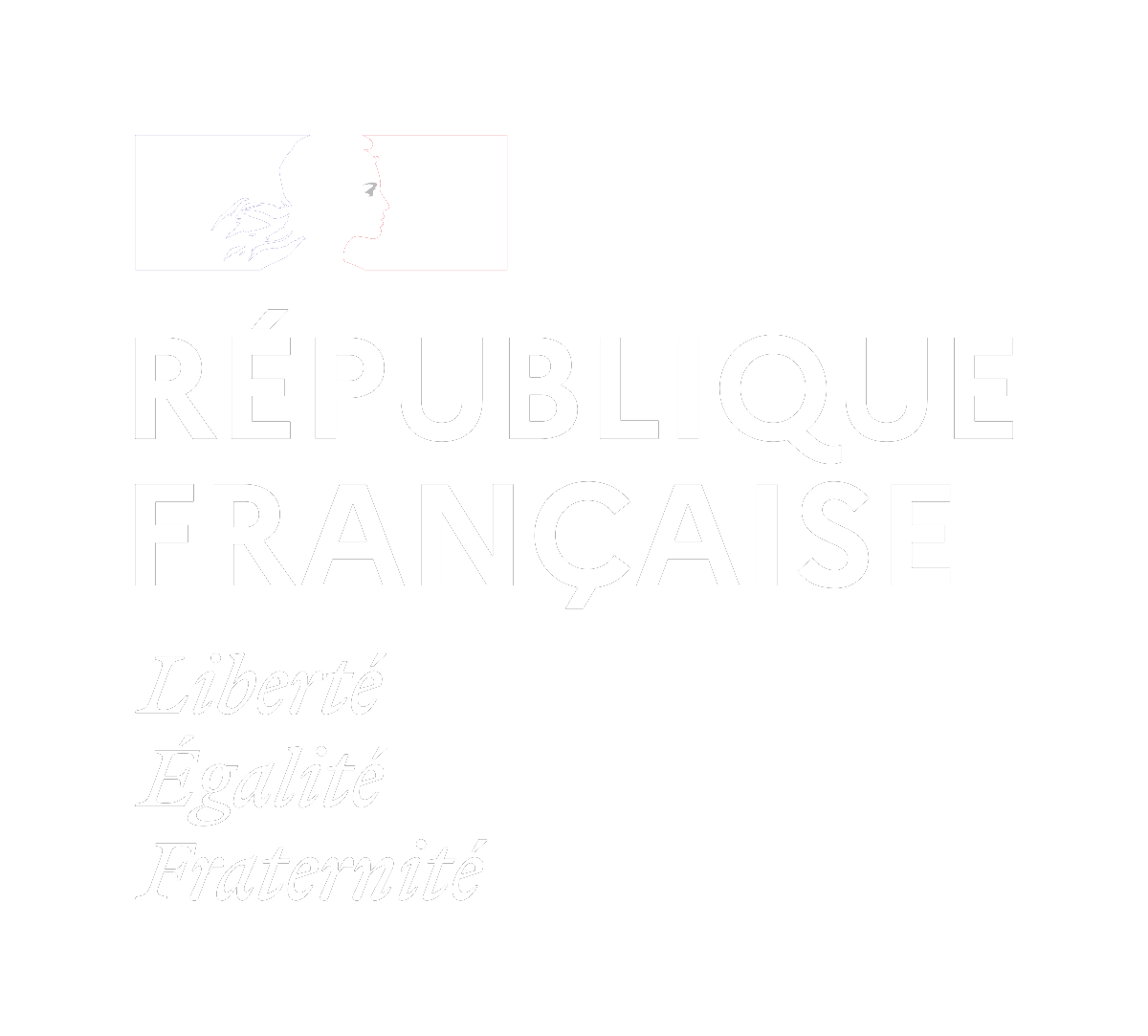Everything You Need to Know About the Product Environmental Footprint (PEF)
.png)
As sustainability continues to shape the future of fashion, understanding and reducing environmental impacts has become a top priority for brands. One of the most comprehensive tools to achieve this is the Product Environmental Footprint (PEF) methodology.
Developed by the European Commission, the PEF provides a standardized way to assess the environmental footprint of products across various sectors, including fashion. Let’s explore how the PEF methodology can help the fashion sector, offering transparency, comparability, and better decision-making for brands and consumers alike.
What is PEF?
The Product Environmental Footprint (PEF) is a science-based methodology designed to evaluate the environmental footprint of products throughout their entire life cycle. It was introduced as part of the European Union’s push toward more sustainable growth under the European Green Deal. PEF ensures that companies can measure, understand, and ultimately reduce their products' environmental impacts by following standardized guidelines. This methodology not only brings clarity to the industry but also allows consumers to make more informed purchasing decisions.
At its core, the PEF employs Life Cycle Assessment (LCA), a globally recognized approach to measuring the environmental impact of products across different life stages. From raw material extraction, production, and transportation, to product usage and end-of-life disposal, the PEF methodology ensures that every stage of a product’s journey is accounted for. This holistic view enables a more accurate understanding of a product’s overall environmental footprint.
Why PEF Matters for the Fashion Industry
The fashion industry, notorious for its environmental impact, is one of the sectors where PEF could have the most significant positive influence. According to the European Commission, the fashion industry contributes significantly to climate change, water use, and land degradation. The PEF framework provides a systematic way to measure these impacts, offering a clearer path toward sustainability.
By implementing the PEF Category Rules (PEFCR) tailored for the apparel and footwear sector, fashion brands can assess their environmental performance using specific rules. The PEFCR defines product categories like t-shirts, dresses, and boots, ensuring that evaluations are tailored to the unique characteristics of each product type.
Key Benefits of PEF for Fashion
1. Specific Rules for Product Categories
The PEFCR introduces specific rules for 13 different product categories, ensuring that the environmental footprint of fashion items is measured consistently and accurately. This is especially relevant for diverse products like clothing and footwear, where the materials and processes involved vary significantly. By applying tailored rules, the PEF methodology ensures a more accurate assessment of environmental impacts.
2. Improved Comparability
One of the most significant advantages of PEF is its ability to increase comparability. The standardized framework ensures that environmental claims about products are credible and based on the same metrics. For example, a consumer comparing the environmental impact of two different t-shirts can do so with confidence, knowing that the same rules were applied to assess each product's PEF single score.
3. Eco-Design Innovation
By highlighting environmental hotspots through its multi-indicator evaluation system, PEF encourages eco-design. Fashion brands can focus their innovation efforts on areas with the most significant impact, such as materials selection, durability, and repairability. This ensures that sustainability becomes an integral part of product development rather than an afterthought.
4. A Common Framework
Perhaps the most crucial benefit of the PEF is its role in establishing a common framework for the fashion industry. Furthermore, staying current with PEF also means being prepared for other key legislations like the European Sustainable Product Regulations (ESPR) and Green Claims, where authorities reference PEF for substantiating environmental claims.
How PEF Works: A Life Cycle Assessment Approach
The PEF methodology is rooted in Life Cycle Assessment (LCA), which considers the entire life cycle of a product, from raw material extraction to end-of-life. PEF evaluates 16 different environmental indicators, including carbon emissions, water use, land use and human health.
This multi-indicator approach provides a comprehensive understanding of a product's environmental footprint. Leveraging internationally validated standards such as ISO 14040 and 14044, PEF ensures that the results are credible and consistent across the board.
Fairly Made: Helping Brands Meet PEF Requirements
For fashion brands navigating the complexities of PEF, Fairly Made offers unparalleled support. As the leader French solution in traceability and impact measurement, we provide expert support to help brands achieve their environmental goals as well as compliance with PEF standards.
We actively contributed to the development of the PEFCR through both the first and second public consultations. Our dedicated team offers tailored solutions for data collection and impact analysis, ensuring that your brand meets PEFCR requirements seamlessly.
In an era where transparency and accountability are paramount, partnering with Fairly Made ensures that fashion brands not only comply with PEF but also lead the way in making fashion truly sustainable.




%20for%20Apparel%20-%20The%20Ultimate%202025-2026%20Guide.png)

















.png)

.svg)